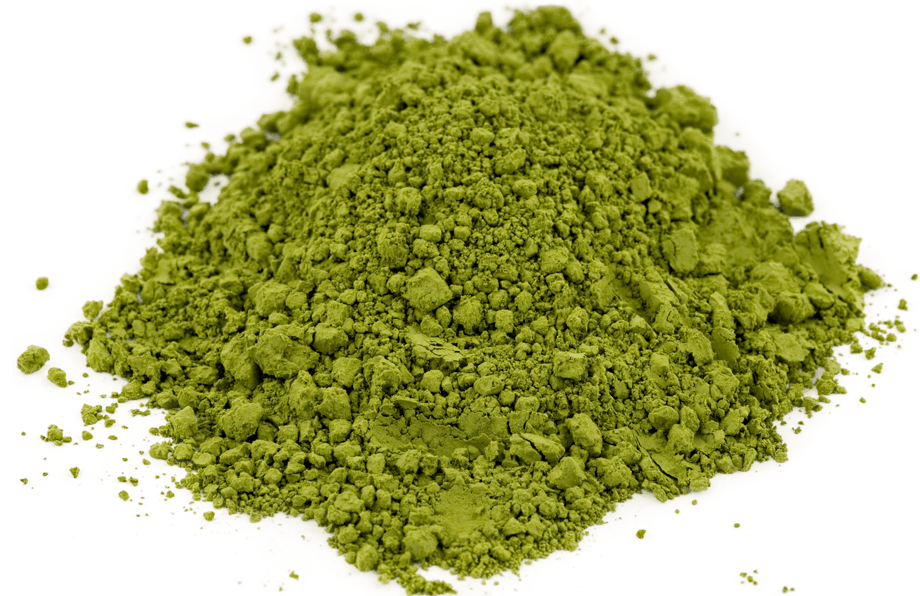Organic Matcha Green Tea Cooking Grade

This organic green tea is an ingredient grade matcha which is best when used in recipes for matcha lattes, smoothies, shakes, ice cream, baking, etc. While it is specially blended to maintain its aroma and flavor even when mixed with other ingredients, it can also be consumed as a brewed drink with more bitterness than the ceremonial grade matcha.
Matcha is a variety of organic Japanese tea that is stone ground at the end of the manufacturing process, resulting in an ultra-fine tea powder that is typically whisked in hot water until a frothy consistency is reached, as in the traditional Japanese Tea Ceremony. The resulting brew has much more body and flavor than organic loose leaf tea brewed in a conventional fashion, with a thick, rich green taste and slight bitterness.
Please note: this product is not delivered in our backyard compostable packaging. This extremely sensitive item is packaged in a zip pouch (bulk size).
Ingredients: organic Japanese green tea
Origin: Shizuoka Prefecture, Japan
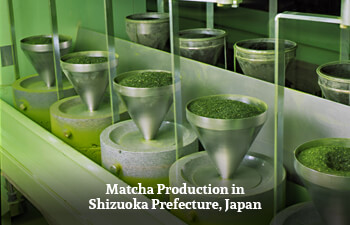
Located in central Japan, Shizuoka is known as the capital of Japanese green tea production. Though it is not the oldest producer of green tea, it is the largest: this prefecture alone accounts for 40 percent of all green tea production in Japan. However, much of the world never experiences organic tea from Shizuoka because tea is so popular in Japan that most tea grown in Japan is consumed in Japan; very little is exported. Shizuoka lines the Pacific, and runs into the Japan Alps and other mountains, including Mt. Fuji. For those concerned with the implications of the Fukushima-Daiichi disaster, we continue to have our organic teas from Japan independently tested for radiation.
Steeping Instructions
At Arbor Teas, we believe tea should be brewed to suit your personal taste. We’re happy to make recommendations to get you started, but don’t hesitate to experiment! When brewing your tea, your main considerations are tea quantity, water temperature, and steeping time. Matcha is treated differently than other teas because of its powdered form. Typically matcha is prepared by whisking ½ to 1 teaspoon of matcha in a bowl with 3 oz of almost-boiling water, and drank directly from the bowl immediately. Steeping time is less of a concern with matcha, as the powdered leaves are in suspension in the water as soon as they are combined.
For more detailed instructions on how to prepare matcha, check out our How to Make Matcha Page.
Staff Perspectives
 Chelsea
Chelsea
"This is my choice when I want to add matcha to a morning smoothie. I also love our ceremonial matcha, but when cooking, adding to a mixture of flavors, or making a latte this is the way to go."
 Trish
Trish
"I love adding matcha to my oatmeal in the morning!"
 Aubrey
Aubrey
"Even though this ingredient grade matcha is recommended for cooking, it can be a perfect (and more cost effective!) introduction to drinking matcha. If you like it, you can look forward to a less bitter and more smooth alternative in the ceremonial grade matcha.
Health Benefits
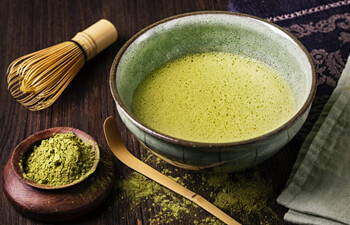
Like all true tea, Matcha green tea offers many potential health benefits. Research has found that tea (Camellia sinensis) can have many positive effects on human health, including improved cardiovascular function, cancer risk reduction, improved immune function, improved oral health, and help with weight management. Tea is also full of polyphenols, which are a class of antioxidant that help your body maintain homeostasis and balance your stress levels. Matcha specifically has elevated levels of L-theanine, a beneficial amino acid that helps balance stress levels and promote a sense of calm and focus. This is a result of the shading the tea plants undergo for several weeks before harvest. The shading stresses the plant, and causes an increased production of certain nutrients including chlorophyll and L-theanine. Also, because matcha drinkers ingest the whole tea leaf, they’re getting an even higher dose of amino acids, antioxidants, and caffeine than drinking infused tea.
For more information about the health benefits of matcha and other types of tea, and for direct sources of the above information, check out our Tea Health Benefits page!
Please note: the information above is for educational purposes only and has not been evaluated by the Food and Drug Administration. This information is not intended to diagnose, treat, cure, or prevent any disease.
Matcha Recipes
-
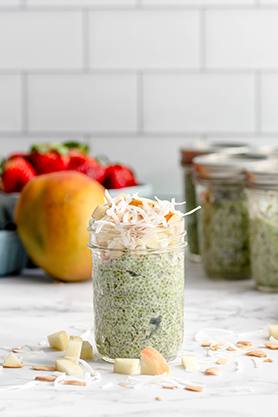 Matcha Chia Pudding Recipe
Matcha Chia Pudding Recipe -
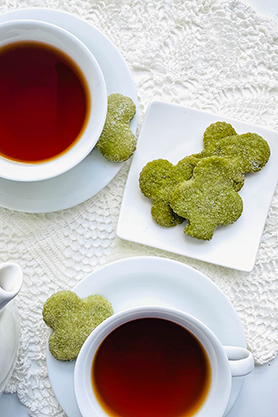 Matcha Sugar Cookie Recipe
Matcha Sugar Cookie Recipe -
 Tahini Matcha Latte
Tahini Matcha Latte -
 Matcha Green Tea Ice Cream
Matcha Green Tea Ice Cream -
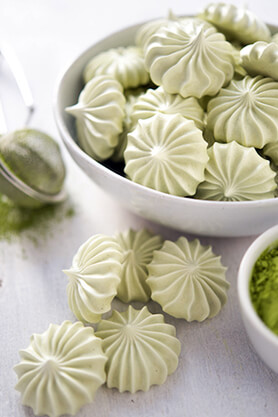 Vegan Matcha Meringue
Vegan Matcha Meringue -
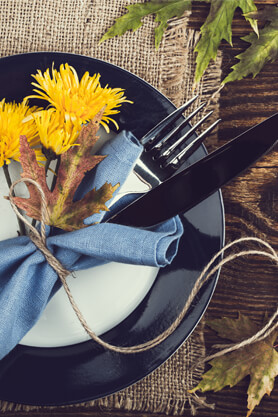 Matcha Panna Cotta
Matcha Panna Cotta -
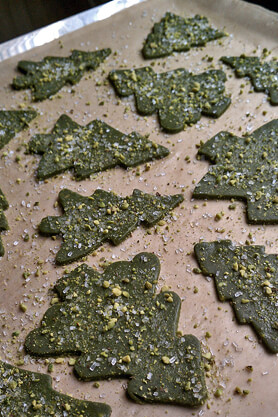 Matcha Pistachio Cookies
Matcha Pistachio Cookies -
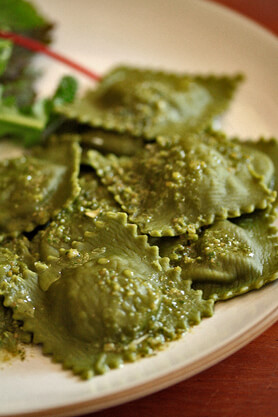 Matcha Ravioli
Matcha Ravioli -
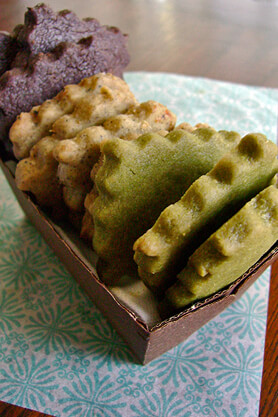 Tea Laced Shortbread Trio
Tea Laced Shortbread Trio -
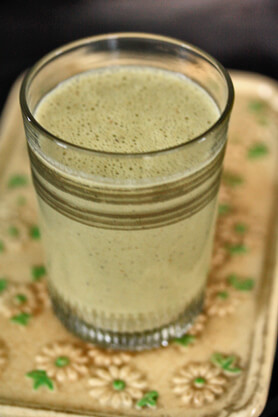 Warming Matcha Smoothie
Warming Matcha Smoothie -
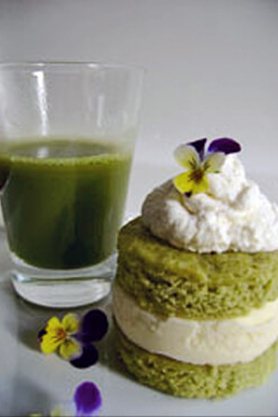 Celebration Matcha Cake
Celebration Matcha Cake -
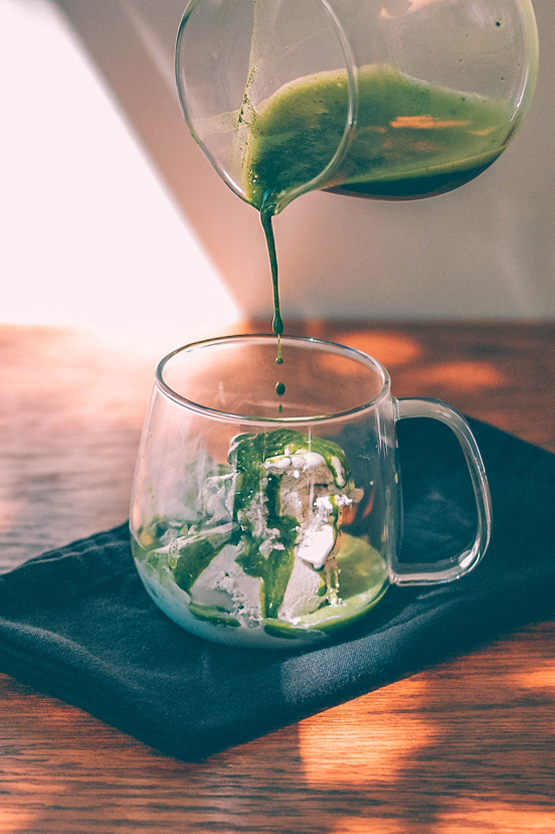 Matcha Affogato
Matcha Affogato -
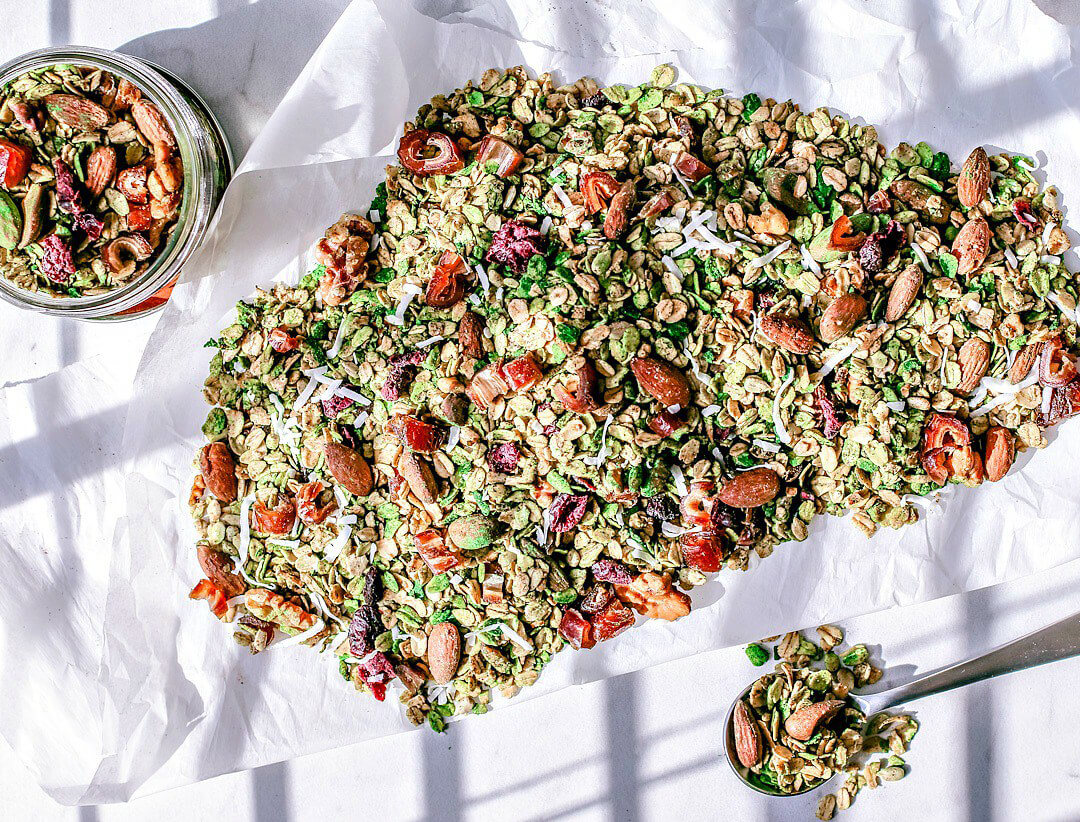 Matcha Granola by Killing Thyme
Matcha Granola by Killing Thyme -
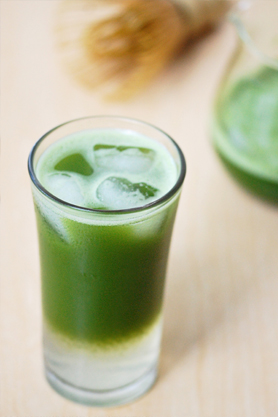 Matcha Lemonade
Matcha Lemonade
Japanese Tea Ceremony
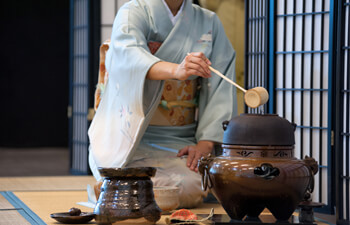
The Japanese tea ceremony (cha-no-yu, chado, or sado) is a traditional ritual in which powdered green tea, called matcha, is ceremonially prepared by a skilled practitioner and served to a small group of guests in a peaceful setting. Cha-no-yu ("hot water for tea"), usually refers to a single ceremony or ritual, while sado or chado ("the way of tea") refer to the study or doctrine of tea ceremony. The Japanese tea ceremony has its roots in early Chinese tea ritual (approx. 800 AD), influenced greatly by Zen Buddhism. However, the exacting formula for the tea ceremony we know now evolved years later, in isolation from the Chinese practice of taking tea. Every element of the tea ceremony, from the greeting of guests to the arrangement of flowers, even the architecture, is rigidly prescribed, requiring the host to be knowledgeable in a broad range of arts and disciplines. Even the participants of the tea ceremony must be familiar with the proper gestures, phrases and actions required of them throughout the ceremony.
For even more information about this and other traditions, visit our Tea Traditions Page!



